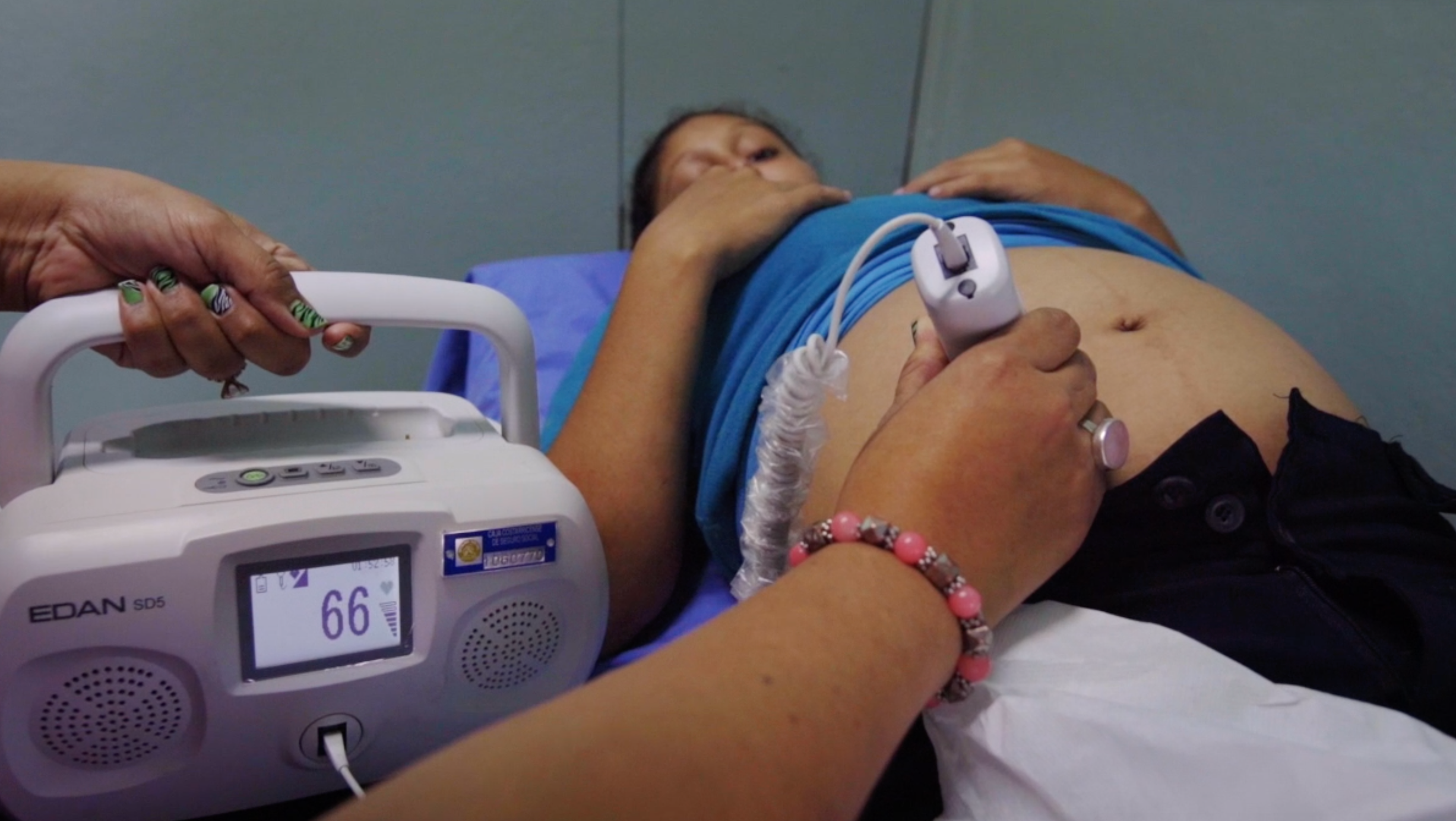
Costa Rica has made important progress in the reduction of teen pregnancies in the regions of Brunca and Huétar Caribe. From 2012 to 2018, the fertility rate among adolescents aged 10-19 in these regions shrank by 34.4 percent, while the fertility rate among adolescents with one or two children dropped by 27 percent. At the same time, 80 percent of adolescents treated in health centers following childbirth began using family planning methods. Costa Rican health services have provided comprehensive health treatment to 72,926 teenagers, approximately 75 percent of the adolescent population; and they have trained 342 youth volunteers tasked with sharing information and advice to teens through educational centers.
These figures reflect collaborative efforts led by Costa Rican organizations in the context of the Salud Mesoamerica Initiative, a results-based financing program that brings together participating governments, the Inter-American Development Bank, the Bill & Melinda Gates Foundation, the Carlos Slim Foundation, and the Government of Canada.
The Salud Mesoamerica Initiative began its work in Costa Rica in 2012 with the goal of reducing the number of teen pregnancies in the country. The achievement of objectives agreed upon by all initiative partners has unlocked a financing reward of $634,949 for the Costa Rican government, which can in turn be invested in any high-priority health project.
Since 2021, the Government of Costa Rica and Salud Mesoamerica partners have invested a total of $6,465,732 in reducing rates of teen pregnancy. This investment has been made across 11 health areas in the regions of Brunca and Huétar Caribe. The Costa Rican actors involved in the project include the Ministry of Health, the Costa Rican Social Security Service, PANI, CEN-CINAI, and the Ministry of Education.
When the operation first began in Costa Rica, an IDB survey revealed that 3 of every 5 students believed that birth control pills could protect them against Sexually Transmitted Infections; while 1 of every 10 considered that both women and men should share birth control pills, or that it was only necessary to take pills on those days that sexual relations occurred. Only half of students reported having used a condom the last time they were sexually active, while only 16 percent of those surveyed indicated that they had spoken to a health professional about sexual health at some point in their past. Only 20 percent had received professional guidance and advice about sexual and reproductive health. And finally, the data revealed that in 2012, about 5 percent of pregnancies in Costa Rica were attributed to mothers aged 10-19.
To address the challenges revealed in this survey, the Costa Rican authorities developed a three-pronged strategy focused on health, education, and social services. In the health space, the approach prioritized on creating new spaces within health centers to serve adolescents and providing training to specialized teams so they may advise young people on health-related matters. In addition, a new outreach strategy was developed to better engage young people, and new materials were created to clearly explain the psychosocial risks related to sexual and reproductive health. Finally, new didactic elements were created, and measures were put in place to make birth control prescriptions available, all in one place.
At educational centers, the initiative focused on implementing strategies to promote the adoption of healthy practices and mitigate risky behavior. In addition, a new model was created to train and empower youth volunteers to educate their peers on sexual and reproductive health matters.
In relation to social services, the initiative focused on addressing the most critical situations in collaboration with the social protection network PANI. And thanks to the organization CEN-CINAI, the initiative was able to expand services for treating and protecting children.
In addition to these efforts, the Costa Rican authorities created a digital database called SINA, which allows those providing health and other services to adolescents to upload detailed, individualized information about the unique situation and needs of every at-risk young person treated. The database compiles information related to the health, education, and social services required by these young people, with the ultimate goal of facilitating comprehensive solutions to meet all of their needs.
By 2018, the Salud Mesoamerica Initiative in Costa Rica had reached 75 percent of the adolescent population in the Brunca and Huétar Caribe regions. Thanks to the success of this operation, the Costa Rican authorities are preparing to scale this successful model to other parts of the country, with the same goal of reducing teen pregnancy.